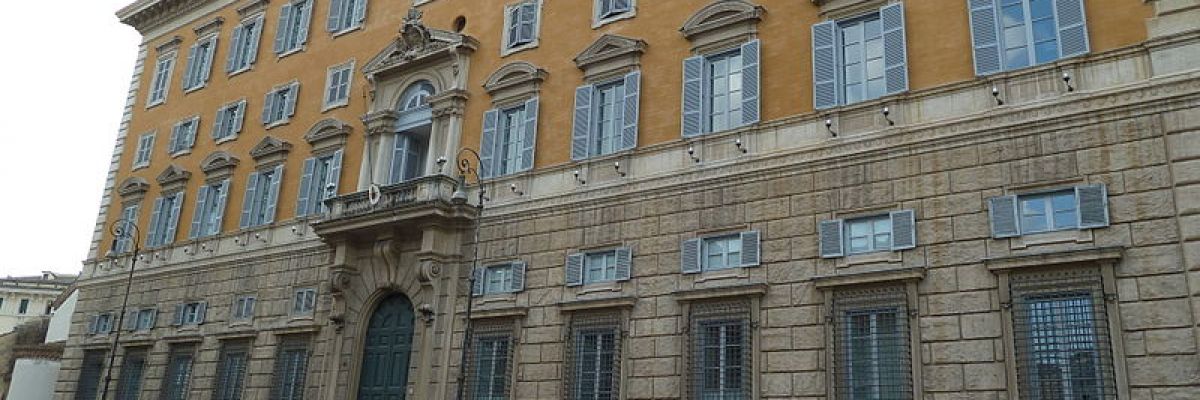
The Inquisition!
The Holy Office!
The Congregation for the Doctrine of the Faith!
Whichever name it has used, this is the arm of the Vatican that oversees the doctrinal integrity of the Faith. It watches, with eagle eyes, the goings on of theologians and other suspects around the world.
Its staff is omnipresent, with sub-offices in every country and in most major dioceses. Its minions send daily reports to headquarters, where countless clerical workers do nothing but input information into massive databases.
Very little escapes the CDF’s attention—and nothing of consequence. Its efficiency is the envy of national intelligence services. Its power may exceed that of the pope himself.
. . . or so the story goes.
In fact, the CDF has a staff so small that it verges on the ludicrous. To oversee doctrinal integrity in a Church of 1.2 billion members, the CDF relies on a staff of—hold your hat—89. (That’s not a typo.)
The head of the CDF is a German cardinal, Gerhard Mueller. He is assisted by a secretary, Archbishop Luis Ferrer, and an under-secretary, Msgr. Damiano Caotorta.
The three of them are assisted by 25 cardinals, archbishops, and bishops who are the formal members of the Congregation.
These 28 are assisted by 33 staff members, consisting of priests, religious, and laymen.
And these 61 people are assisted by 28 consultors, which is to say advisors.
So there you have it: 89 people, some of whom are part-timers, trying to oversee a Church of 1.2 billion people—and all from a single building, the Palace of the Holy Office (pictured above), built in the 1920s and situated a few steps from St. Peter’s Square. There are no branch offices, no agents in the field, no suites of data-entry clerks, no massive databases. So little manpower does the CDF have that it’s a wonder the staff manages to discipline even the most egregiously heterodox public figures.
The CDF is not remotely what many people imagine it to be. If it has an organizational fault, it’s that it’s far too small. The problem isn’t that it’s omnipresent but that it’s almost entirely omni-absent.



